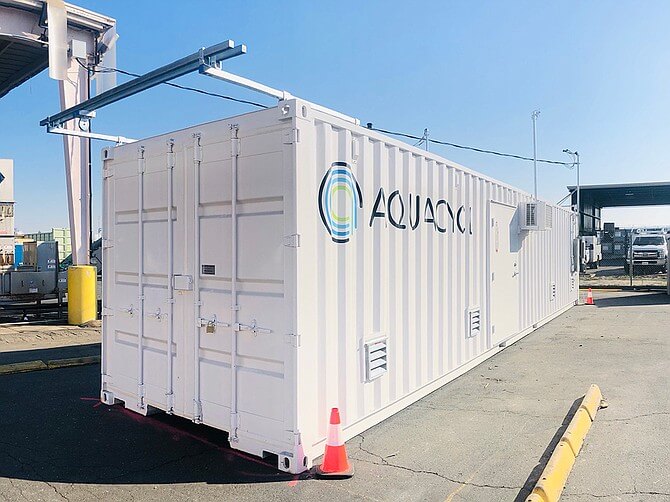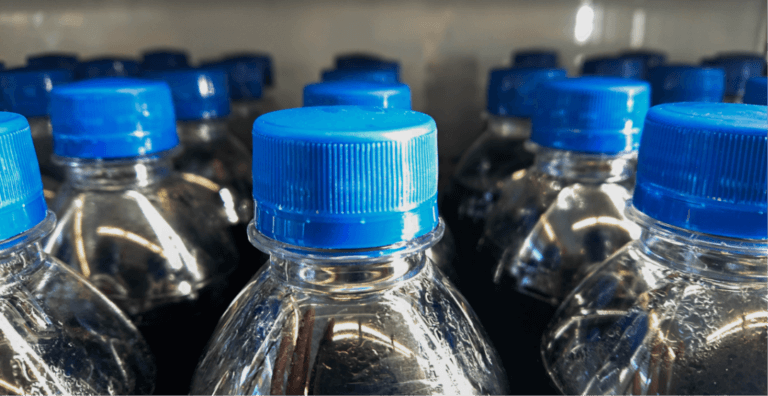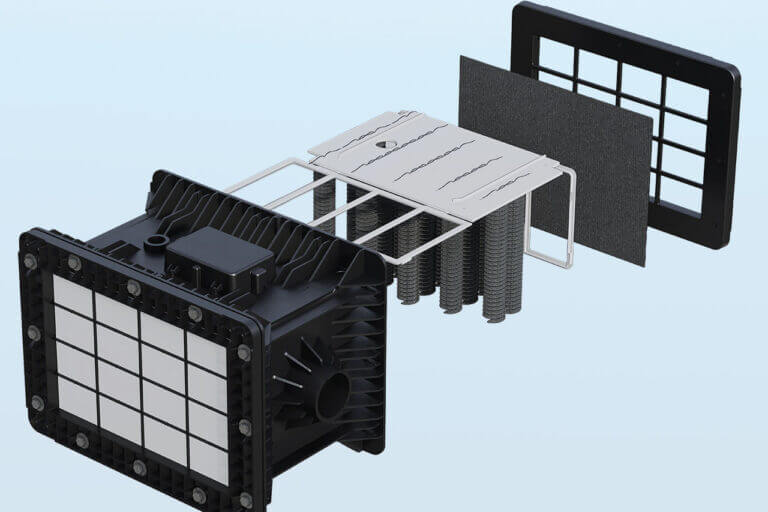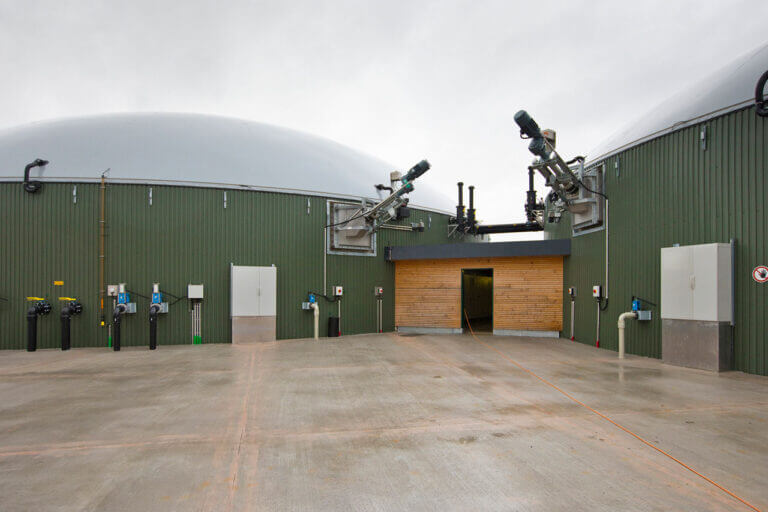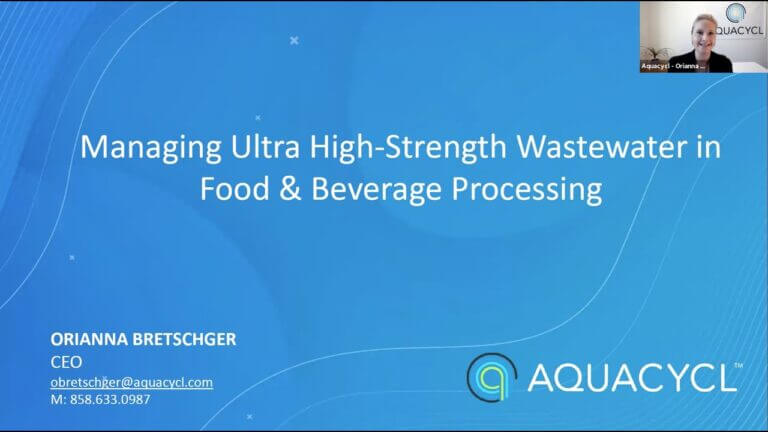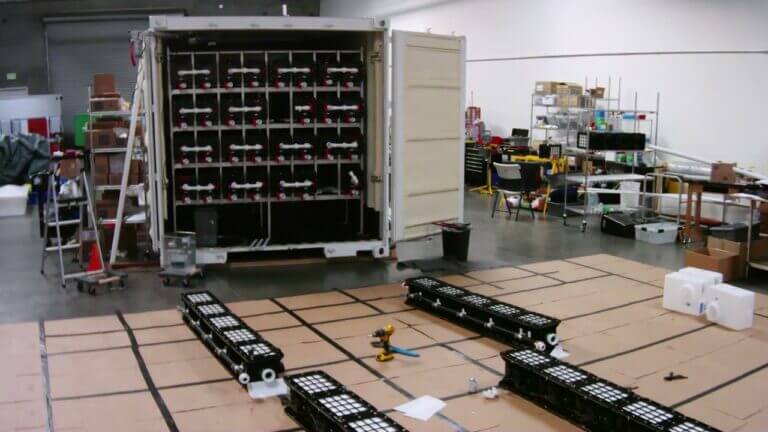Long-term sustainable operations don’t just pertain to profit and business growth. With water and climate risks continuing to rise, businesses must incorporate processes that ensure the sustainability of their resources and environmental impact to support their operations.
In the final blog of our flow segregation series, we will show how flow segregation is a key component of building long-term sustainable operations. The process of flow segregation is inherently sustainable as it breaks down complex problems into smaller, more manageable issues, helps identify production problems early, and supports business growth. Additionally, the sustainability benefits extend further to improve water stewardship and reduce the environmental impact of your facility.
For an in-depth introduction to flow segregation, check out this blog. You can also explore these links for information on ways to implement flow segregation, its efficiency benefits, and a real-life example of the savings it can bring.
Segregating flows for greater sustainability
The most sustainable ways to treat wastewater involve using the least amount of resources while generating the least amount of byproducts. Both goals can be achieved by treating pollution at the point source before it is diluted and before it requires more equipment, chemicals and energy to address large volumes.
Lower Chemical Needs
Chemical treatments can be costly and require safe handling, storage and disposal. By targeting pollutants more precisely through flow segregation, the volumetric need for chemicals can be reduced.
This is because the volumes for treatment will be lower and the composition of the flow will be more predictable since the segregated flows are typically single-source or minimally blended pollutants. Stream segregation enables you to target pollutants with more precise chemical dosing and possibly avoid usage for the streams that don’t require them for treatment.
This precision also reduces the chemical load and complexity for all downstream treatments, making the entire wastewater treatment process more predictable and cost-effective.
Reduce Energy Requirements
The energy requirements for treatment are significantly reduced when flows are segregated and the highest-strength streams are treated with precise methods. There is less energy required to move smaller volumes of water and less energy required to treat wastewater with already reduced pollutant levels. This is especially true when utilizing an energy-neutral technology like Aquacycl or an energy-recovery system like an anaerobic digester.
To dive into the numbers on how much energy can be saved by implementing this process, read this blog, which explores two scenarios and details the energy and cost savings of using flow segregation.
Reduce Emissions
Emissions reductions are in most company’s sustainability targets today, a great benefit of flow segregation is that it can reduce emissions across all three Scopes.
Treating segregated streams with an energy-neutral, low emissions technology (like Aquacycl) efficiently lowers Scope 1 emissions (direct emissions from owned or controlled sources of the facility); further, lower energy requirements associated with moving and treating water lowers Scope 2 emissions (indirect emissions from the generation of purchased electricity, steam, heating, and cooling consumed by the facility). Lastly, sending less polluted streams to the utility and eliminating the need for hauling wastewater or sludge, reduces Scope 3 emissions, which include all indirect emissions that occur in a company’s value chain.
A significant, but often overlooked, contributor to Scope 3 emissions is sludge disposal. When pretreating segregated streams using an anaerobic technology (necessary for high BOD streams), less sludge is generated compared to treating full flows with an aerobic technology. This reduction in sludge is crucial because the breakdown of sludge in landfills or other land applications produces methane, a potent greenhouse gas. By reducing the amount of sludge, flow segregation and appropriate treatment, helps lower methane production and, consequently, reduces Scope 3 emissions by lowering methane emissions for the utility as well.
With a growing market of environmentally-conscious consumers, lowering emissions at any portion of your operations is an avenue to boost brand reputation.
Improve Water Quality
Flow segregation significantly enhances the precision in treating specific pollutants, resulting in higher quality discharged streams and enabling more reuse applications. By isolating different types of wastewater based on their pollutant content, treatment processes can more accurately target and remove specific contaminants. This leads to cleaner, safer water that meets stringent quality standards and protects aquatic ecosystems.
Additionally, segregated streams facilitate the identification and repurposing of wastewater that can be treated for reuse, conserving water resources and reducing the demand for fresh water withdrawal. Reuse-quality water can be utilized for many non-potable processes in your facility, such as lawn irrigation or cooling tower makeup. This can help lower water-use ratios in production and support local watersheds, especially in water-scarce areas.
Sustainable Growth
We touched upon how flow segregation assists in sustainable business growth because it helps your wastewater treatment scale alongside your operations. Many manufacturing facilities overlook wastewater when expanding product lines or increasing their facilities. This oversight becomes problematic as increased production leads to more wastewater, and not having resources to address the additional loads may become a limiting factor for growth.
Flow segregation allows for more manageable treatment growth as operations expand. Flow segregation offers a modular approach to treatment that correlates to specific production areas and does not require for a full wastewater treatment plant re-design. This approach also enables wastewater problems to be segmented into smaller, manageable parts, facilitating the identification of production-related issues stemming from growth.
Sustainable Technology
To achieve the greatest sustainability benefit from flow segregation, you need sustainable technology. Aquacycl’s BETT® system is designed not only to handle the high-strength segregated streams but also is energy-neutral, carbon-neutral, and virtually sludge-free. We ensure you discharge the highest quality water while consuming minimal resources and producing minimal byproducts, with options available for enabling water reuse.
Build sustainable operations with Aquacycl as your partner, schedule a consultation to learn more.




